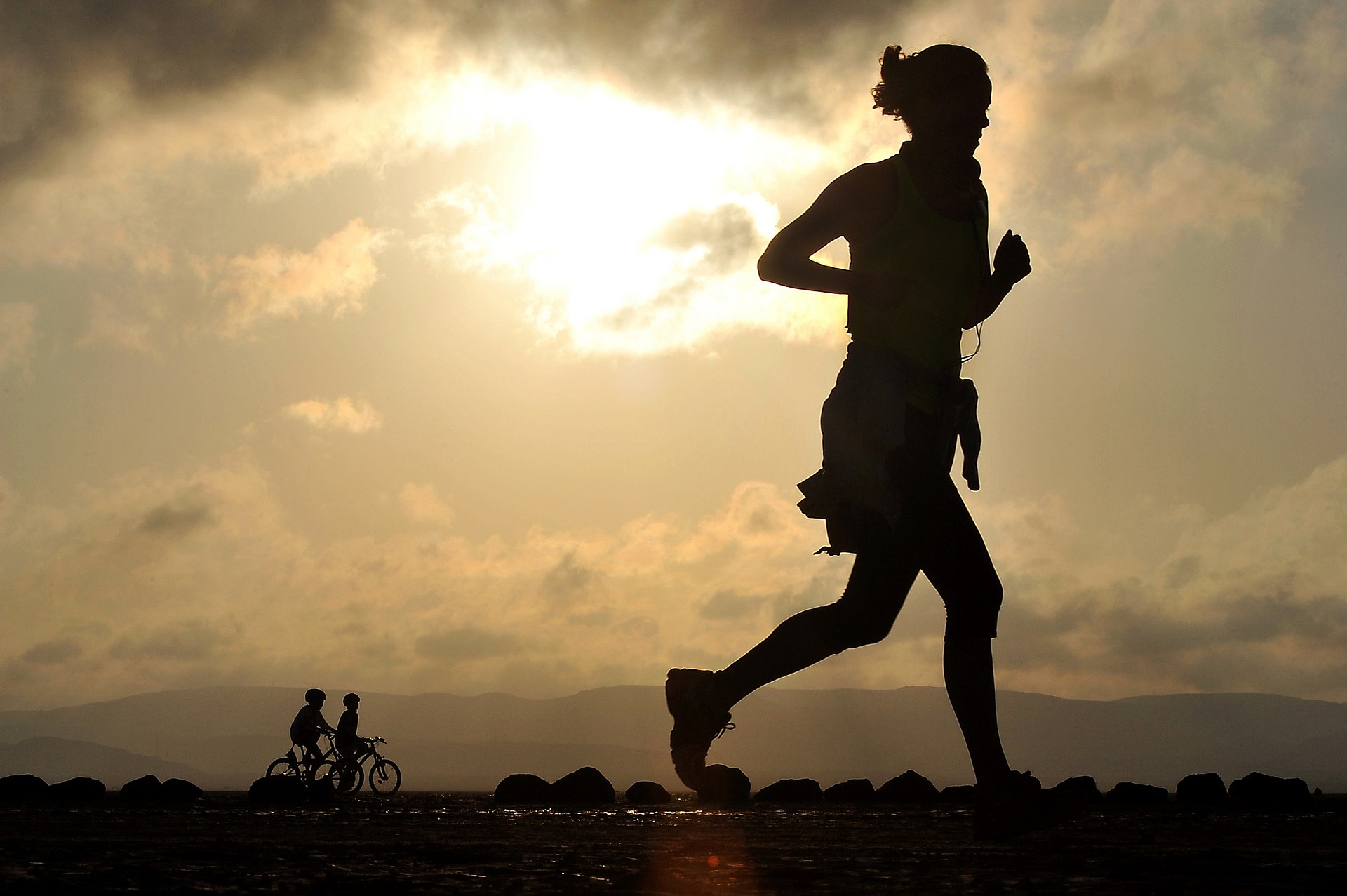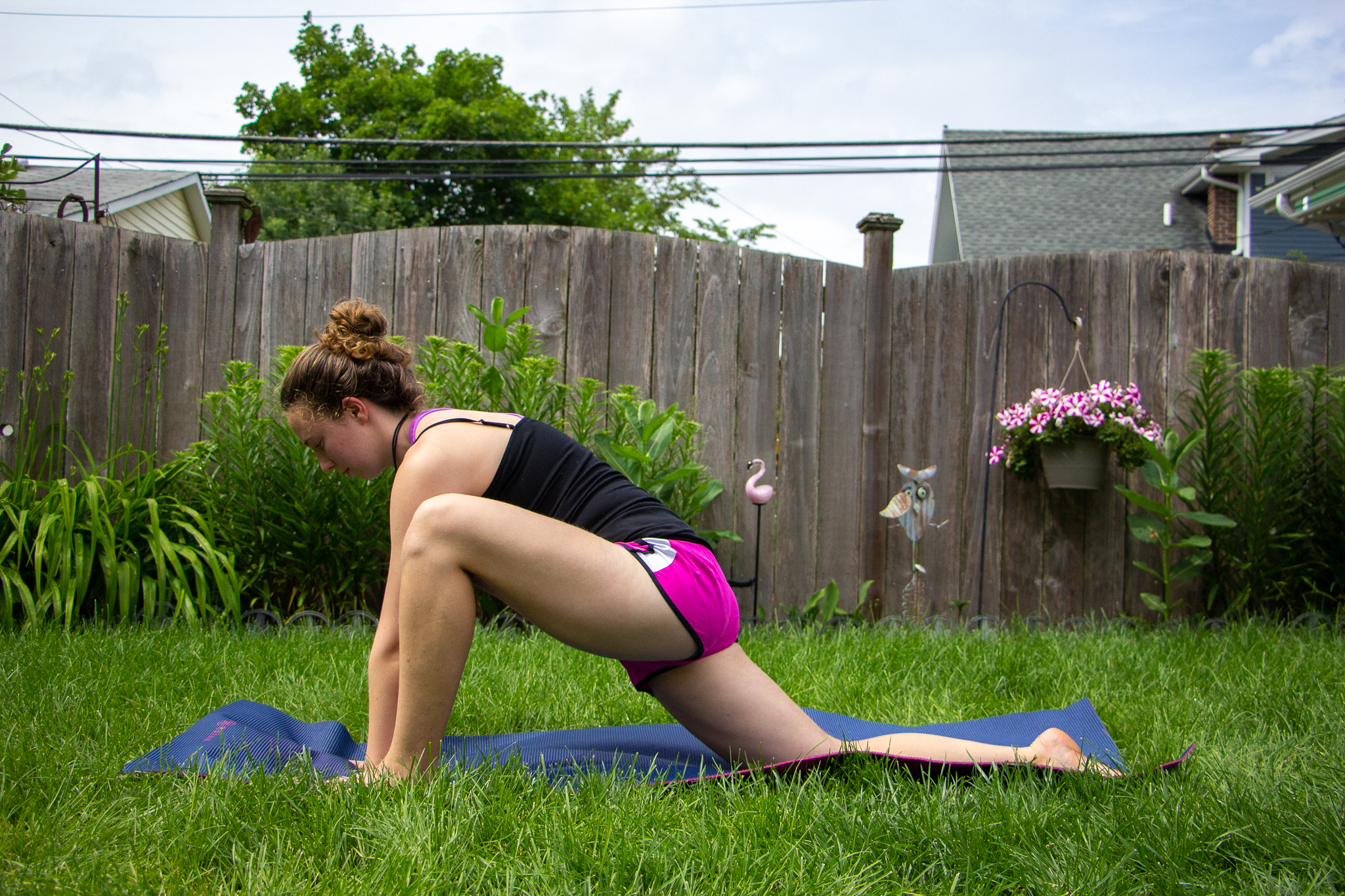As the weather in the northern hemisphere gets milder, a lot of us hear a voice in our head, that guides us to take out our running shoes from the closet. It is also a time when we start thinking of the upcoming racing season. Whether our goal is to run our first 10K, half-marathon or a marathon, or we are an experienced ultra-marathonist, the time of preparation for the racing season can be a stressful period, leaving us depleted, nutrient-deficient, anxious, the body overworked and stressed. Include these five tips to make your training much more enjoyable and healthier experience.
1. Choosing the right gear
One great thing about running is the fact that you actually don’t have to have any gear. You can literally read this sentence, get up from your chair and go for a run. That’s why the proper gear can be easily overlooked in preparations for any race. But good gear is like a reliable friend, who just makes our life much easier. A great start to your journey with running (even if you’re not training for a race) is to get your shoes fitted by a professional. After all, the power of your run is in your feet! What you wear makes a ton of a difference, and choosing the right bra, shoes and clothes is crucial for your body’s health especially if you’re training while the weather is still moody. Many professionals recommend training in the actual clothes that we will run in on the race day so that the body gets used to how they feel. Choosing clothes and shoes that are well-fitted, comfortable and make us feel confident is a great first step to a successful training season.
2. Visualization
Many runners, including myself, spent years focusing on training the body and not the mind. I can still remember the panic I felt on the start line before my first half-marathon. It was nothing like I imagined. How could it be? I haven’t been imagining anything at all. It was a huge mistake. Many studies show how the power of visualization is crucial in achieving your goals. After all, seeing is believing! How to include a visualization practice in your training? Choose a time of the day when you can relax your body and close your eyes, simply visualizing the race day with the most detail you can. How does it feel when you wake up? Are you nervous? What are you eating? What can you feel on the start line? Imagine all the other runners around you, the sun on your face, the butterflies in your belly. Go through the milestones of the race. When you visualize the finish line, let your whole body feel what you’re feeling upon completing this race. The huge smile, the tired legs, the sweat and the inexplicable joy! While you go through it, you train your mind to believe in your success. It’s also important to visualize the hardships, which in any difficult race, are likely to occur. The pain. The untied shoelace. The shortness of breath. By walking ourselves through the experience and visualizing our calm, confident selves at the end of it, we are less likely to panic when they actually occur. Getting your mind in shape for the race is as important as your body.
3. Affirmations
When it comes to racing, confidence is key. After all, you will be running in a crowd, surrounded by other athletes. It is extremely intimidating. That’s why many athletes are using mantras and affirmations as a part of their training to boost their confidence. Tina Muir, CEO of Running for Real, suggests training for long runs without your headphones: no audiobooks, podcasts or music. It forces us to really hear the self-talk that goes on during difficult times and apply the positive affirmations. Whenever I run I repeat a mantra: I am a strong and confident runner. My body feels happy and healthy. I love running. It trains my mind to focus on the positive thought and engraves that message in my brain, for the time when I will really need it during the race.
4. Breathing techniques
Danny Dreyer, the author Chi Running writes: “If you’re short of breath, it’s not because you aren’t breathing in enough—it’s because you’re not breathing out enough.” Most of us don’t think of breathing and are using just a fraction of the capacity of the lungs. Including breathing techniques in your pre-run routine can be a bridge that takes us from being a good runner to a great one. In 2008, the Journal of Ayurveda and Integrative Medicine published a study that showed how pranayama can influence neurocognitive abilities, autonomic and pulmonary functions as well as the biochemical and metabolic activities in the body. Breathing is also a great way to calm the mind, especially during long runs. The techniques we learn during our training help us cope when we experience anxiety and start panicking.
5. Rest and self-love
When it comes to our performance, how we rest is often equally important to how we train. It sends a message to our body, that it can relax. Run yourself a bath with Epsom salt and lavender oil or instead of training, go to yin yoga class. Massage your feet with almond oil and essential oil blends to give them some extra love after a long run. When we train intensely, the joy and the reason why we started running in the first place can be easily lost. Find a way to come back to it. Listen to your body. Treat it with kindness. Sometimes we begin our training for the race just to realize our body is not ready for it. It’s a beautiful lesson in practicing non-attachment. “Often doing less is more powerful than training more.”—writes Rountree Sage in The Athlete’s Guide to Recovery.
Also by Ula: 5 Life Lessons From Ted Lasso That Helped Me Live More Fully
Get more like this—Sign up for our daily inspirational newsletter for exclusive content!
__
Photo Josh Gordon via Unsplash





